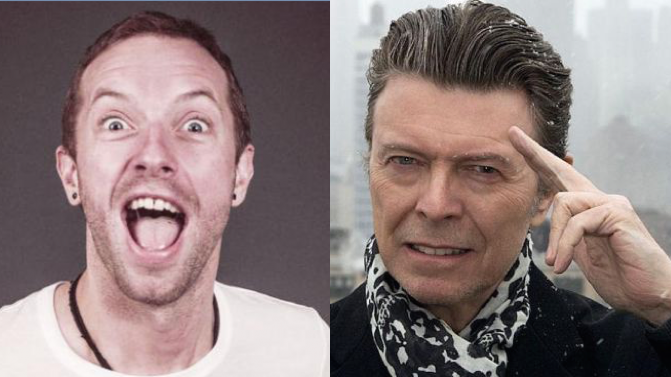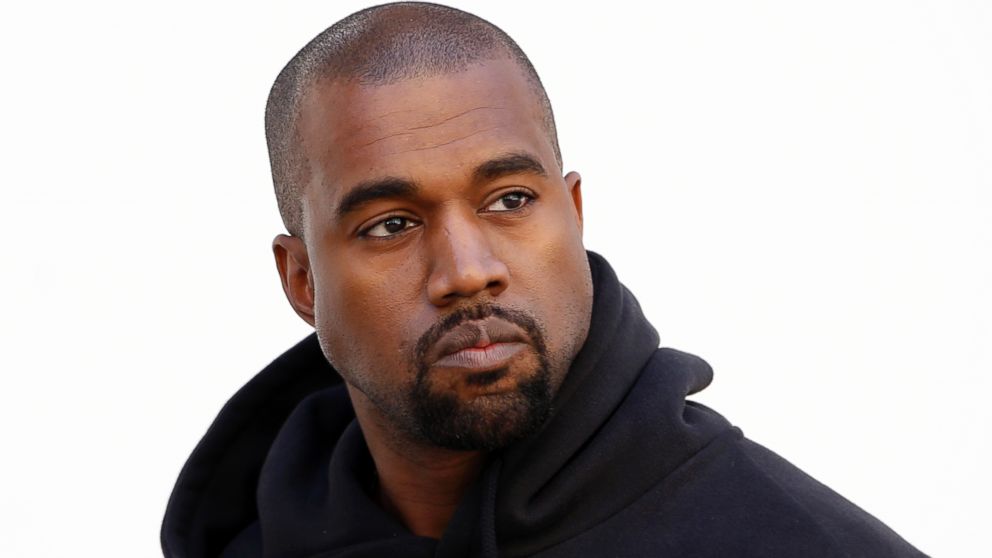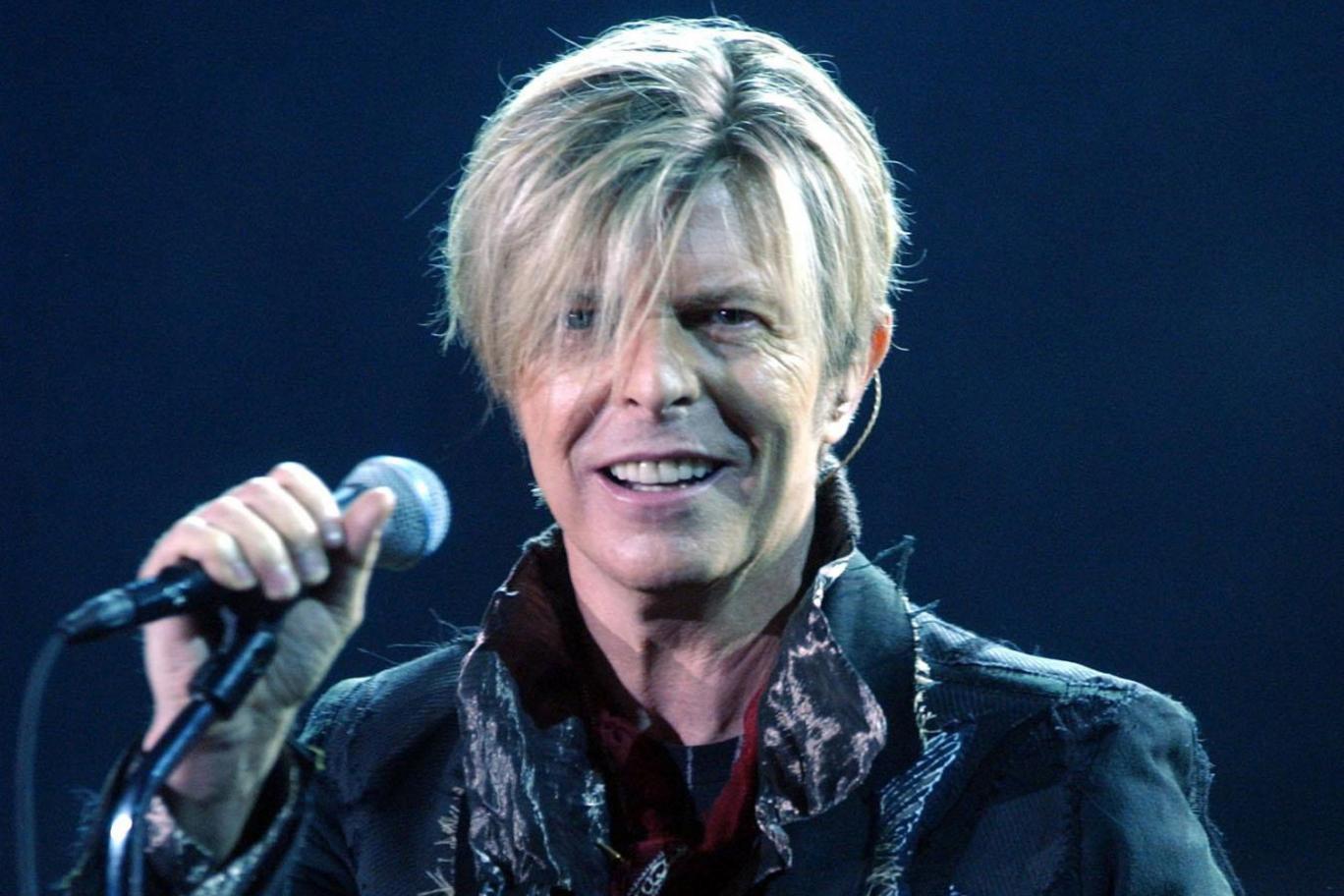
Mardi Gras was still close to three weeks away. But on Saturday afternoon, Jan. 16, the French Quarter was gridlocked with costumed frolickers, a massive, glittery throng radiating out through the narrow streets from the historic traditional-jazz venue Preservation Hall. The occasion? A parade in memory of David Bowie, led by thePreservation Hall Jazz Band.
It’s not a stretch to imagine that Bowie fandom would be rampant in a city for which flamboyant, gender-ambivalent dressing up, not to mention music, is a way of life. That, combined with a perfectly warm and sunny afternoon, the beginning of the Carnival season and, certainly, interest in the parade’s co-hosts Win Butler and Regine Chassagne of Arcade Fire, who have lived in New Orleans for about two years, drew multiple thousands of fans downtown — so many that the blocks outside the hall and the parade’s end point, the rock club One Eyed Jacks, were almost impassable. The band, led by Butler, who sang through a small red megaphone, and Chassagne, who played a keytar, left Preservation Hall and gamely shoved its way through the mass toward the Mississippi River and then back, along a route about a half-dozen blocks long, playing Bowie songs arranged for parading brass.
Bowie was an ardent fan of Arcade Fire. In 2005, they recorded a live EP together; eight years later, he contributed backing vocals to the band’s album Reflektor. Standing on Preservation Hall’s balcony with Chassagne and Ben Jaffe, the hall’s creative director, Butler spoke briefly about the shock of his friend’s death. “It felt like a planet exploded,” he said. He opened a bottle of wine and poured a splash onto the crowd.
Chassagne and Butler have been spending a lot of time with the hall band since relocating. In December, they joined the group on a weeklong trip to Cuba. Just before leaving, Jaffe said later, they had begun rehearsing Bowie’s “Modern Love,” with its ebullient horn bursts, together. (When the parade and its aftermath were done and the huge crowd dispersed, the band members returned to Preservation Hall to play the night’s three regular trad-jazz sets. The couple joined them onstage to close the first one with “Modern Love.”)
Since his death, an avalanche of keen appreciations has been written on the multiple layers and levels of Bowie’s omnivorous musical appetite, including his plastic-soul forays into funk and disco. Bowie, whose first instrument was the saxophone, would very likely been pleased or at least entertained to hear “Modern Love” and “Fame” arranged for strutting, with sousaphone thump and trumpet blasts, as well as explosively brassy, rumbling versions of “Suffragette City” and “Heroes.” Blackstar,his sweeping, atmospheric final testament, was another showcase for his ongoing interest in jazz, employing the avant-garde Donny McCaslin Quartet as backing band. And not for nothing, Bowie had cited as a powerful influence and inspiration Little Richard, who honed his own wild sound (and look) in career-making early-’50s sessions at Cosimo Matassa’s J&M Studio in the Quarter.
Second lines come from the older jazz funeral custom in New Orleans, the structured ritual of accompanying a body from the site of a memorial service to the site of burial. The “first line” comprises the casket, family and close friends and a band with parade-friendly — that is, portable — instrumentation: bass and snare drums and horns. The second line is the group of onlookers that follows, walking first to the somber rhythm of a dirge, and then, after the body is “cut loose” at the cemetery, dancing to a joyous, upbeat brass-band whomp. (The dirge that began Preservation Hall’s parade was “Oh! You Pretty Things,” played at a solemn tempo.) Late in the 19th century, social aid and pleasure clubs — community groups that are exactly what they sound like, cooperating to help members in need and to have fun — began presenting second-line parades with brass bands out of pure celebration. Most New Orleans weekends, except during the hottest summer months, deliver at least one such parade.
Both expressions of the second line are deeply New Orleanian practices, invested with history and meaning. After the event, as Butler DJed Bowie songs on the club’s balcony while Chassagne and the Preservation Hall Jazz Band’s Walter Harris drummed along, Jaffe, who also plays bass and sousaphone in the hall band, pointed out that he had been careful to bill it as a memorial parade. “The idea of a second line is so sacred,” he said. “Not a lot of people from outside of New Orleans have been honored with that.” (The only one most people I asked could remember, in recent history, was a massive second line in memory of Michael Jackson organized by the Revolution Social Aid and Pleasure Club in June 2009, a week after Jackson’s death.)
Jaffe took over management of the venue and band shortly after graduating from Oberlin College’s conservatory in the early ’90s. His parents, Allan and Sandra Jaffe, had run the place since 1961, hiring players who remembered the earliest days of jazz and creating a gathering spot — often racially integrated, flouting Jim Crow — for French Quarter bohemians and fans of traditional jazz, whose popularity had been on the wane. Preservation Hall still presents three traditional sets nightly, in a hundred-ish-capacity showroom that hasn’t changed much in 50-odd years. The audience sits on wooden benches or on the floor, quite literally at the band’s feet; there’s no bar or restroom access. But over the course of the younger Jaffe’s tenure, the hall has also carefully expanded its purview to present or record with an eclectic list of collaborators. John Oates, Jimmy Buffett (who began his career busking on the streets of the Quarter in the ’60s, as Preservation Hall was starting its own), Bombino, the Alabama Shakes, and Shovels and Rope have all played the hall in the past three years.
Tom Waits, Ani DiFranco, Merle Haggard, Jim James and Jason Isbell, among others, have all also recently recorded with the hall band, which is an active host to its performing guests. During those special live performances, the band doesn’t cede the stage; it actively backs the featured act. Those new experiments are arguably helped along by the fact that many members of its current first-string band are younger, more connected to pop, R&B and even hip-hop, as well as traditional jazz. Last year, the hall band shared the stage with local bounce-music icon DJ Jubilee as well as with the rappers Fiend, who frequently collaborates with Curren$y, and Nesby Phips, a great-nephew of Mahalia Jackson who has worked with Juvenile and Lil Wayne. There’s also the natural hybridity of music in South Louisiana, where brass bands and zydeco musicians have regularly adopted elements of funk, soul, pop and hip-hop for decades.
A parade for Bowie fits not unreasonably into the evolving hall. It surely fits into New Orleans, a city that believes so strongly in the transformative power of masking that its calendar includes a season — and since 1875, a legal holiday — during which obscuring your identity and trying on new ones is the rule. The French Quarter teemed with Ziggy Stardusts, Goblin Kings and creepy clowns but also with people in sundry unrelated wigs, masks, tutus, boas, hats, suits, ties, gowns and other regalia following, arguably, one of the great directives of Bowie: Feel beautiful, being yourself. Or being somebody else.
Source: NPR


 Top 20 Perú
Top 20 Perú  [Latino]: Diciembre de 1990
[Latino]: Diciembre de 1990 

